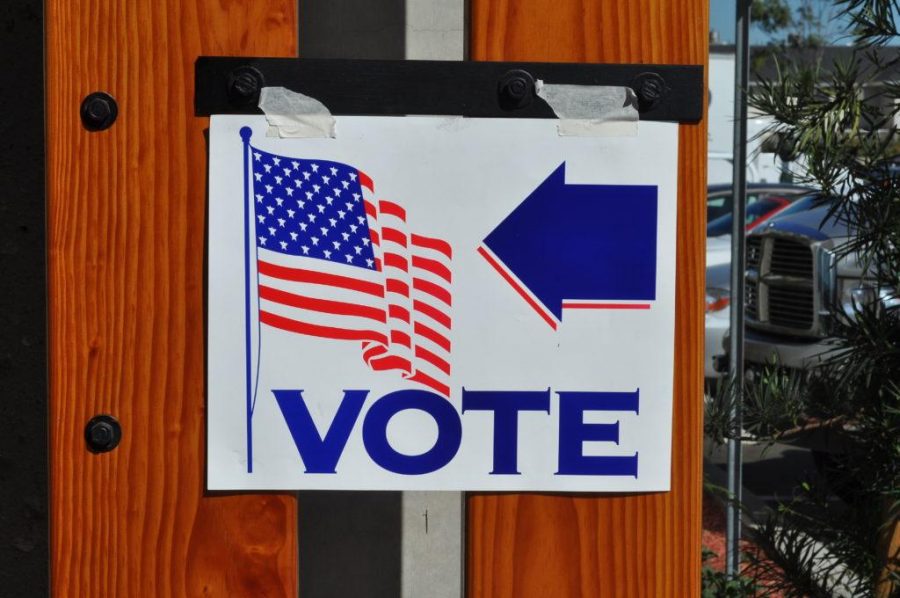In the current 2016 election, Navajo voters in San Juan County are having their voting rights violated.
Prior to 2014 there were nine different polling locations all across northern Utah for Navajo voters to cast their votes. However, in the year 2014, San Juan County switched from in-person voting to mail-in only voting, and closed all nine polling locations. Thinking that was an easier way for Navajo voters to cast their vote, it actually ended up being a violation of their voting rights.
Navajo Nation of Human Rights says switching to mail-in only voting introduces a language barrier problem into the process. Not all, but some Native Americans do not understand the vote-by-mail system because all forms are sent in English. With no way of getting help from translators as they had when in person voting was available, they struggle with completing their ballots.
Shortly after Navajo voters made complaints of the mail-in-only voting system, three polling locations were opened and translators were brought into the locations in order to help the voters. Although three polling locations were opened, Navajo voters are still fighting the issue because there are still six less locations than there were in 2014. This means for some voters they have to travel double, sometimes even triple, the distance to get to a polling location. Due to lack of transportation, jobs, and in some cases money, some Navajo voters decided to not vote at all because it was too big of a hassle to get to these locations and even more of a hassle to try and understand the in mail voting forms.
In addition to the voting violation, voter ID laws are becoming more and more complicated for people. 33 out of the 50 states are currently asking voters for some sort of ID before voting. Certain states require specific ID’s which can make the process more difficult for voters who do not already have the correct ID in their possession. Due to this requirement, many voters have chosen not to vote due to the difficulty, cost, and time commitment required to get such an ID.
ID laws have continued to decrease the voting turnout among minorities. This is a problem because currently 16 or the 50 states have a higher percentage of non-white people than white people. Meaning that a large percentage of these 16 states are not being adequately represented in their state. White voters however, are the only race that stays the same and maintains the same voting turnout regardless of what ID is required. This makes non-white voters feel less valued, threatened, and unimportant in the voting polls, which can cause them to not vote at all.
The last concern this current election is facing that women are underrepresented. Although the majority of voters in the U.S. are women, that is not the case in positions of power. Women are recruited far less than men are. Studies have shown that the Republican Party is where the underrepresentation is the most apparent. Women comprise about 50 percent of the attendees but historically about 20-25 percent of elected delegates. However, it is believed that parties can change this issue. If parties begin to focus on recruiting women, there will be a significant increase in women’s representation.
@Kelsey_Kenyon


